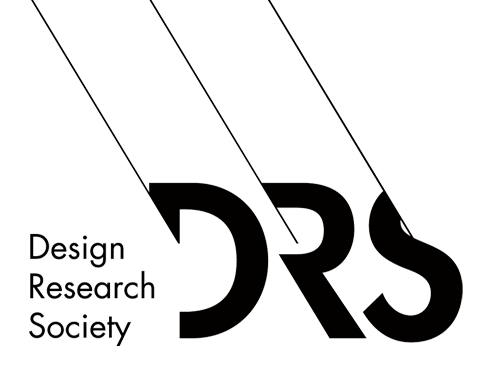Abstract
Data Physicalization (DP) is an emerging field that encodes data into physical artefacts to foster tangible interaction, understanding, and engagement. This paper investigates the interplay between data encoding, user interaction, and design principles within DP, focusing on feedback and feedforward mechanisms. Through a scoping review and the development of an annotated portfolio of 36 case studies, the study categorizes DP into three types: static, constructive, and dynamic. Each type presents unique characteristics influencing how data is experienced and interacted with by users. A practical activity involving 96 master’s students was conducted to map a selection of 20 case studies onto a feedback-feedforward matrix, revealing insights into the relationship between the artefact design, data encoding, and user engagement. The analysis highlights that constructive DPs enable immediate feedback through user-driven physicalization, while dynamic DPs often display hidden or ambiguous feedforward due to their complexity and real-time adaptability. Static DPs, while less interactive, rely on perceived affordances to convey data meaning over time. A significant contribution of this research is the refinement of a feedback-feedforward matrix tailored to DP artefacts, offering a structured approach to analyzing and designing user interactions. The study also emphasizes the role of temporality, exploring how the timing and duration of interactions shape feedback and feedforward dynamics in DP.The findings suggest that a deeper focus on user interaction, temporality, and embodiment can expand DP’s design spaces and applications. While the framework provides valuable insights, further research is needed to address limitations, including the scalability of the methodology and the applicability of feedback and feedforward across different DP types.
Keywords
data physicalization; feedback; feedforward; annotated portfolio
DOI
http://doi.org/10.21606/eksig2025.101
Citation
Burzio, G.,and Ferraro, V.(2025) Which Interaction? Mapping Feedback and Feedforward in Data Physicalization(s), in Karyda, M., Çay, D., Bakk, Á. K., Dezső, R., Hemmings, J. (eds.), Data as Experiential Knowledge and Embodied Processes, 12-13 May, Budapest, Hungary. https://doi.org/10.21606/eksig2025.101
Creative Commons License

This work is licensed under a Creative Commons Attribution-NonCommercial 4.0 International License
Which Interaction? Mapping Feedback and Feedforward in Data Physicalization(s)
Data Physicalization (DP) is an emerging field that encodes data into physical artefacts to foster tangible interaction, understanding, and engagement. This paper investigates the interplay between data encoding, user interaction, and design principles within DP, focusing on feedback and feedforward mechanisms. Through a scoping review and the development of an annotated portfolio of 36 case studies, the study categorizes DP into three types: static, constructive, and dynamic. Each type presents unique characteristics influencing how data is experienced and interacted with by users. A practical activity involving 96 master’s students was conducted to map a selection of 20 case studies onto a feedback-feedforward matrix, revealing insights into the relationship between the artefact design, data encoding, and user engagement. The analysis highlights that constructive DPs enable immediate feedback through user-driven physicalization, while dynamic DPs often display hidden or ambiguous feedforward due to their complexity and real-time adaptability. Static DPs, while less interactive, rely on perceived affordances to convey data meaning over time. A significant contribution of this research is the refinement of a feedback-feedforward matrix tailored to DP artefacts, offering a structured approach to analyzing and designing user interactions. The study also emphasizes the role of temporality, exploring how the timing and duration of interactions shape feedback and feedforward dynamics in DP.The findings suggest that a deeper focus on user interaction, temporality, and embodiment can expand DP’s design spaces and applications. While the framework provides valuable insights, further research is needed to address limitations, including the scalability of the methodology and the applicability of feedback and feedforward across different DP types.

